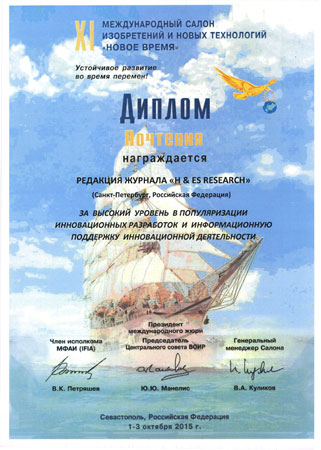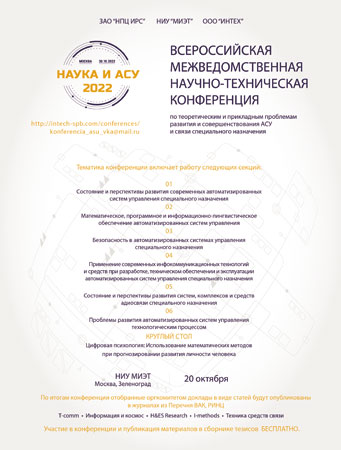To date, there is no unified methodology for the development of a management system (MS) network based on the technology of Carrier Ethernet (CE). There are many standards that describe the architecture and mechanisms for monitoring and managing elements of the CE network (OAM mechanisms), but there are no requirements for the MS for such a communication network.
The solution of this problem is possible by modeling the process of functioning of transport network (TrN) on the basis of CE technology for managing its configuration. AnyLogic simulation device was chosen to create the model. The aim of the work is to identify the interdependencies between the reliability indicators of the TrN functioning on the basis of the CE technology and the process of the operation of the TrN management and recovery subsystems. As well as obtaining dependencies of the availability factor on the duration of the time between failure and failure recovery times, as well as on the quantitative characteristics of the configuration of the modeled network fragment. To achieve this goal, it is necessary to develop a model for the operation of the TrN, for the management of which it is proposed to use the agency of the agency management (MAMS) as part of the MS structure. The multi-agent system, which is part of the control system, is in interaction with it. Physically, agents are the information realization of the elements of the structure of the communication network, and their behavior is set up algorithmically in order to jointly achieve the objective function. The use of the distributed control object TrN on the basis of CE technology in MAMS will allow to obtain a demonstration of the dynamics of the state change of the TrN fragment and obtain an estimate of the network reliability. The solution to the problem of building the MAMS model is based on the use of the agent modeling method, which belongs to the class of agent-oriented models. The paper uses the provisions of probability theory, control theory and systems theory. The novelty of the presented model is the choice of a new CE management object, the choice of an original set of control and management mechanisms for their inclusion in the model, the application of the mathematical apparatus of agent modeling. Using the presented model to investigate the functioning of the TrN allows one to trace the dynamics of the behavior of each node and each route with its failure and recovery rates for a network structure of any complexity, allows solving tasks related to determining the length of time before the loss of connectivity in the route and the duration of the time between failures of all routes simultaneously, allows to form estimates of network reliability and fault tolerance. The presented model of TrN functioning and the obtained network reliability estimates taking into account the architecture of CE domains and the mechanisms for monitoring and managing the network state allow one to choose one or another variant of the configuration of the CE network at the design stage of the advanced MS based on the CE technology. That is, based on the network availability factor values, you can select an existing OAM architecture or specify a different architecture for the network elements routes in accordance with the requirements for the network availability factor required for the advanced MS.



















